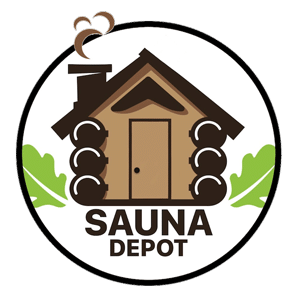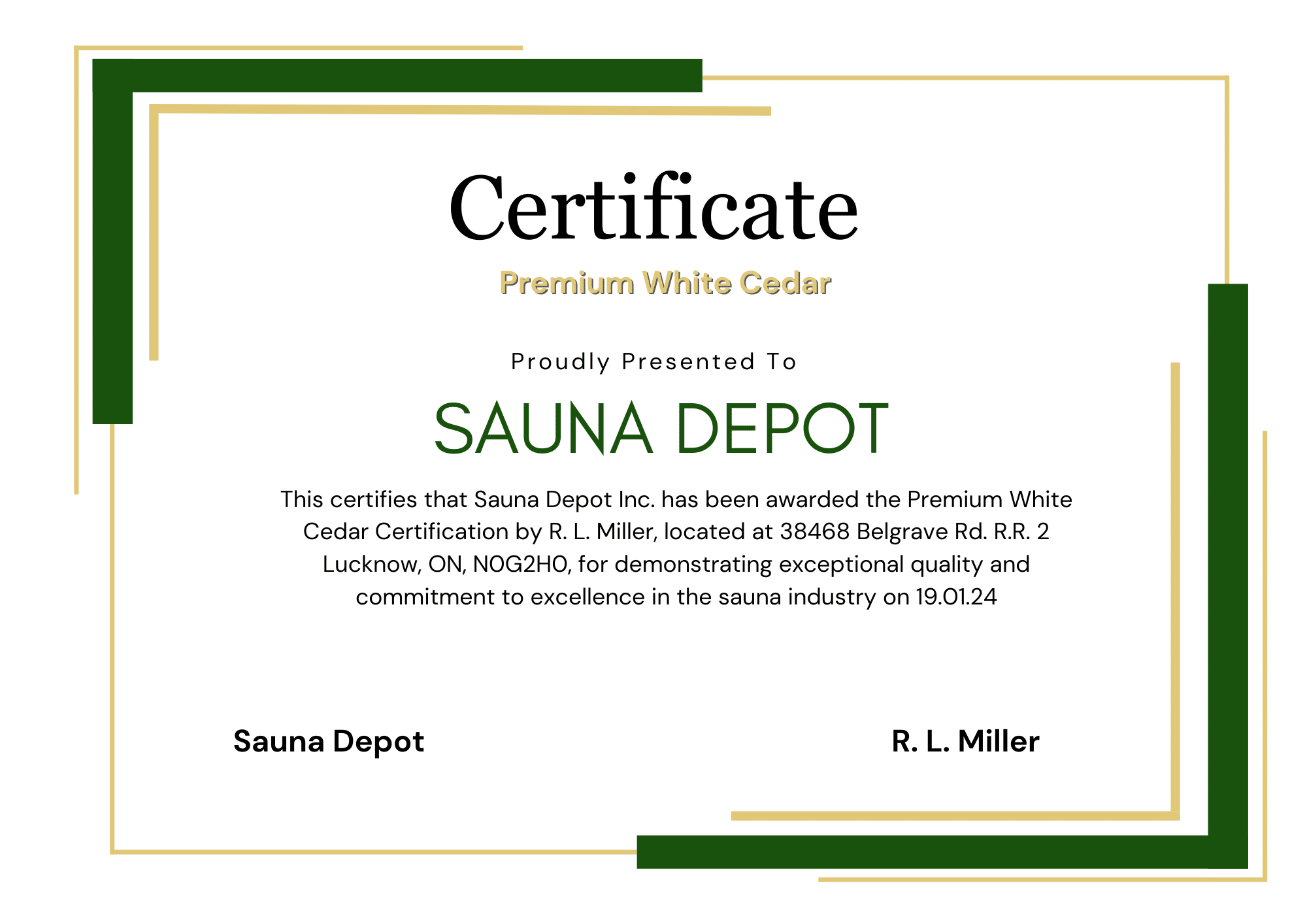What Sanitizers Are Good for 100% Wooden Hot Tubs?
What Sanitizers Are Good for 100% Wooden Hot Tubs?
What types of sanitizers are good for 100% outdoor wooden tubs? How often you have to do it? And how much is too much? So, we gonna try to give you answers for these questions.
Sanitizing the water in a 100% wooden outdoor hot tub is crucial for maintaining clean, safe, and pleasant conditions. It’s necessary to kill bacteria and help in the prevention of algae growth. However, due to the natural properties of wood, it’s essential to choose sanitizers that are effective yet gentle on the wood to prevent damage over time. Here are some commonly used sanitizers for wooden hot tubs and guidelines on their usage:
Commonly Used Sanitizers for Outdoor Wooden Hot Tubs
Bromine
- Pros: Bromine is less harsh than chlorine and more stable in hot water, making it a popular choice for hot tubs. It is effective at killing bacteria and viruses.
- Cons: It can still cause discoloration or deterioration of the wood if used excessively.
- Recommended Levels: 3-5 ppm (parts per million). Levels above 10 ppm can cause skin irritation and damage to the wood over time.
Chlorine
- Pros: Chlorine is a powerful sanitizer that quickly kills bacteria and viruses.
- Cons: It can be harsh on wood, causing it to deteriorate or discolor if not carefully managed. Chlorine also produces chloramines, which can cause a strong odor and irritation.
- Recommended Levels: 1-3 ppm. Levels above 5 ppm can cause skin irritation and wood damage.
Biguanide (PHMB)
- Pros: A non-chlorine, non-bromine sanitizer that’s gentle on the skin and eyes. It’s effective against bacteria and biofilms.
- Cons: It can be more expensive and less effective at killing certain types of algae. It may also be harder to find.
- Recommended Levels: 30-50 ppm. Levels above 60 ppm can lead to cloudy water and reduced efficacy.
Mineral Sanitizers
- Pros: Often used in conjunction with other sanitizers, mineral systems release ions like silver or copper, which have antimicrobial properties. They are gentle on the skin and wood.
- Cons: They are not sufficient alone and must be used with a small amount of chlorine or bromine.
- Recommended Levels: Specific recommendations depend on the product, but typically, the accompanying sanitizer levels are kept at the lower end of their respective ranges.
Ozone Generators
- Pros: Ozone systems reduce the need for chemical sanitizers by oxidizing contaminants in the water. They are effective and reduce the overall chemical load.
- Cons: Ozone alone is not sufficient; a residual level of sanitizer (like chlorine or bromine) is still required.
Recommended Levels: Follow the manufacturer’s guidelines for ozone systems, usually in conjunction with maintaining lower levels of chlorine or bromine.
General Guidelines on Usage
When choosing a sanitizer for a 100% wooden hot tub, opt for gentler options like bromine, biguanide, or mineral systems. Regular testing and careful maintenance of recommended levels will help ensure a clean, safe, and long-lasting hot tub experience.
Monitoring
Regularly test the water using appropriate test kits to monitor sanitizer levels, pH, alkalinity, and other key parameters. This helps ensure the levels are within the safe and effective range.
Too Much Sanitizer
Excessive sanitizer levels can lead to skin and eye irritation, respiratory issues, and potential damage to the wooden tub. For example, bromine or chlorine levels above their recommended range can cause wood discoloration, brittleness, and faster deterioration.
Water Balance
Maintaining proper pH and alkalinity levels is crucial for the effectiveness of sanitizers and the longevity of the wooden tub. Ideal pH levels are typically between 7.2 and 7.8, and alkalinity should be between 80-120 ppm.
Test Kits to Monitor Sanitizer Levels, pH, Alkalinity, and Other Key Parameters
There are a variety of test kits for hot tubs. You might have another question – are test kits to monitor sanitizer levels, pH, alkalinity, and other key parameters widely available? The answer is yes, test kits are widely available. They can be found in various forms and are sold at a variety of retailers, including:
- Pool and Spa Supply Stores: These specialized stores typically carry a wide range of test kits, including both basic and more advanced options.
- Online Retailers: Websites like Amazon, Walmart, and specialized pool and spa supply stores offer a vast selection of test kits, often with customer reviews to help guide your choice.
- Home Improvement Stores: Large chains like Home Depot, Lowe’s, and Canadian Tire often carry test kits in their pool and spa sections.
- Supermarkets and Pharmacies: Some larger supermarkets and pharmacies may carry basic test strips, especially during the summer season.
- Specialized Hot Tub and Sauna Retailers: These retailers may offer kits specifically suited for wooden hot tubs and the types of sanitizers typically used with them.
Types of Test Kits:
- Test Strips: These are the most convenient and easiest to use. Simply dip the strip into the water and compare the color change to a chart to determine the levels of chlorine/bromine, pH, alkalinity, and sometimes other parameters. They’re great for quick checks and are relatively inexpensive.
- Liquid Test Kits: These kits use liquid reagents that are added to water samples. They often provide more accurate readings than test strips but require a bit more effort to use. They typically include tests for pH, alkalinity, and sanitizer levels, among other parameters.
- Digital Testers: These electronic devices can provide precise readings and are easy to use. They are more expensive than test strips or liquid kits but offer convenience and accuracy. Some models can measure multiple parameters with interchangeable sensors.
- Professional Test Kits: These are more advanced kits used by professionals or enthusiasts who want detailed and highly accurate readings. They can test a wide range of water chemistry parameters but are generally more costly and require careful handling.
Key Parameters to Test
- Sanitizer Levels: Chlorine, bromine, or other sanitizers.
- pH: Measures the acidity or alkalinity of the water.
- Total Alkalinity: Helps buffer the water and maintain stable pH levels.
- Calcium Hardness: Important to prevent corrosion or scaling in hot tubs.
- Cyanuric Acid: If using stabilized chlorine, this helps prevent chlorine degradation from UV light.
Remember, regular testing is essential to maintaining safe and comfortable water conditions in your hot tub. Most users find it beneficial to test their water at least once a week, or more frequently if the tub is used heavily.



